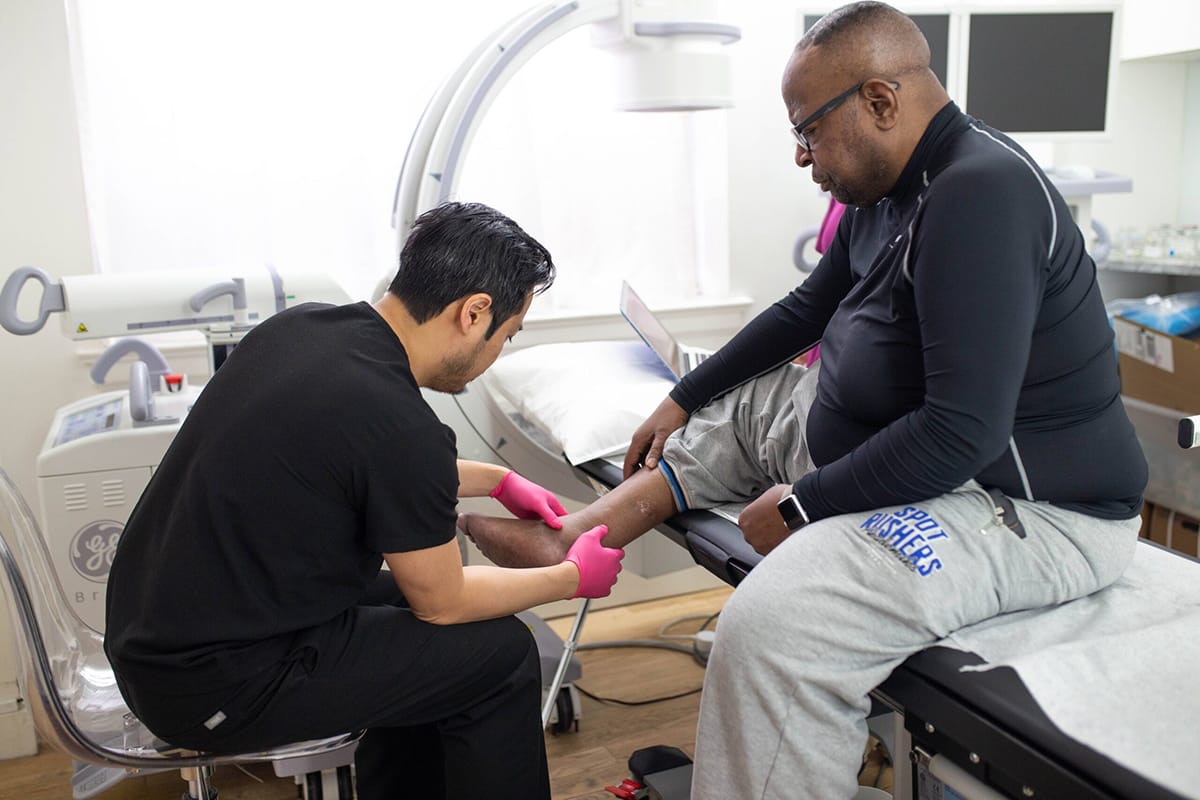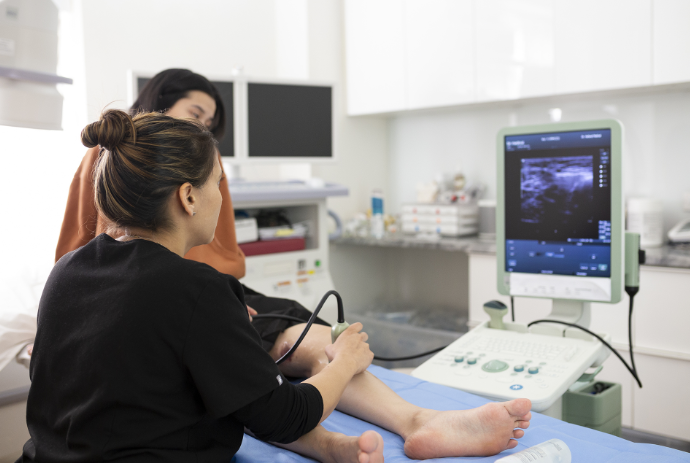Anyone can get varicose veins, a common medical disease, but older persons and others who spend a lot of time standing tend to get them more frequently. These veins typically manifest as swollen, twisted, and painful veins in the legs. Consult a vein specialist what is a vein clinic? Effective management of this problem depends on recognizing the causes of varicose veins and the various treatment options.
What Causes Varicose Veins?
When the valves in the veins that support blood flow back to the heart deteriorate or are compromised, varicose veins develop. These valves typically stop blood from flowing backward, but when they don't work properly, blood can pool in the veins and grow and twist them. Varicose veins can occur due to a number of circumstances, including:
Age: Your veins' valves may fail as you age, raising your risk of getting varicose veins.
Genetic: If your parents or grandparents had varicose veins, you might be more susceptible to developing them.
Gender: Women are more likely than men to develop varicose veins because of hormonal changes, especially during pregnancy or menopause.

Obesity: Obesity can cause varicose veins because it puts more pressure on the veins in your legs.
Standing or Sitting for Long Durations: Jobs that require prolonged standing or sitting have a higher risk of developing varicose veins.
Symptoms of Varicose Veins
Numerous signs and symptoms of varicose veins include:
Leg ache or pain: This discomfort is frequently described as a heavy or throbbing feeling.
Swelling: The affected leg or area may swell, especially after spending a lot of time standing or sitting still.
Itching or burning: The skin surrounding the varicose veins may experience heat or itching.
Cramping: Leg cramps are a common occurrence for certain people, especially at night.
Skin changes: The skin around varicose veins may change color or get infected over time.
Treatment Options
There are a number of treatment methods available to help with the discomfort or other symptoms associated with varicose veins:
Changes in Lifestyle: Modifying one's lifestyle can help treat varicose veins in mild situations. Compression stockings, regular exercise, avoiding prolonged sitting or standing, and elevating your legs when you rest can all help.
Sclerotherapy: In this minimally invasive process, a specific solution is injected directly into the afflicted veins. The solution irritates the vein walls, which leads to their eventual disintegration and disappearance.

Endovenous Laser Ablation (EVLA): Using laser energy to heat and seal off the injured vein, EVLA is a non-surgical procedure. In contrast to traditional surgery, it is frequently carried out under local anesthetic and requires less time for recovery.
Radiofrequency Ablation (RFA): In contrast to EVLA, RFA uses radiofrequency energy rather than a laser. Additionally, the injured vein is effectively sealed off.
Vein Stripping: In more serious situations, your doctor might advise surgically removing the troubled vein. This is typically carried out when the patient is unconscious and could take longer to recover from.
Conclusion
From surgery and minimally invasive procedures to alterations in lifestyle, there are many therapeutic options accessible. You can find the ideal treatment strategy from this article by asking a surgeon what is the treatment for varicose veins to reduce your symptoms and enhance the health of your arteries by speaking with a medical professional.





